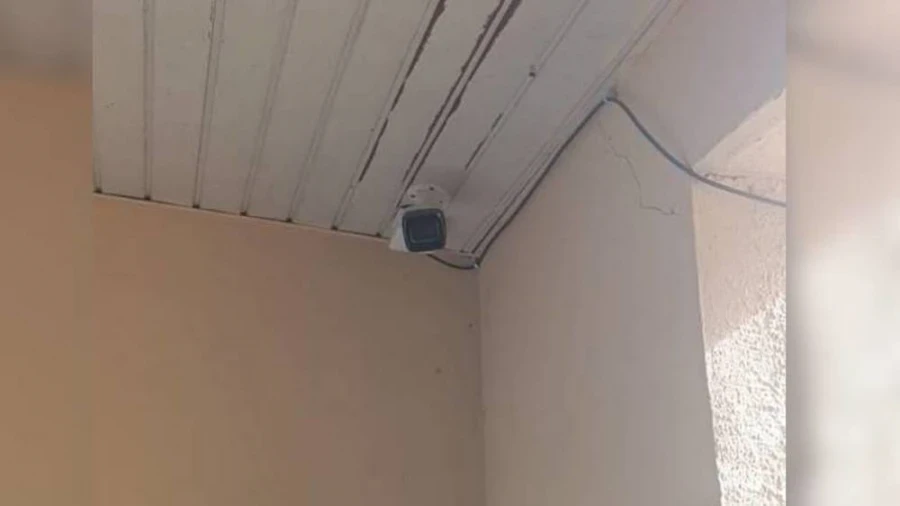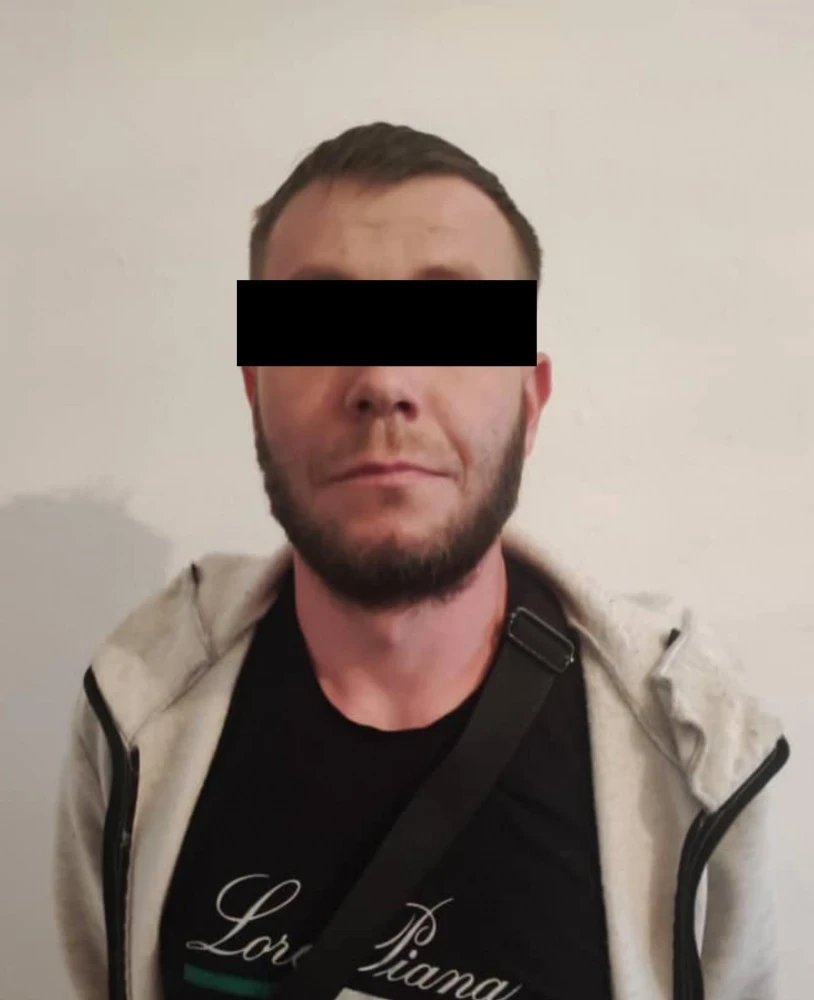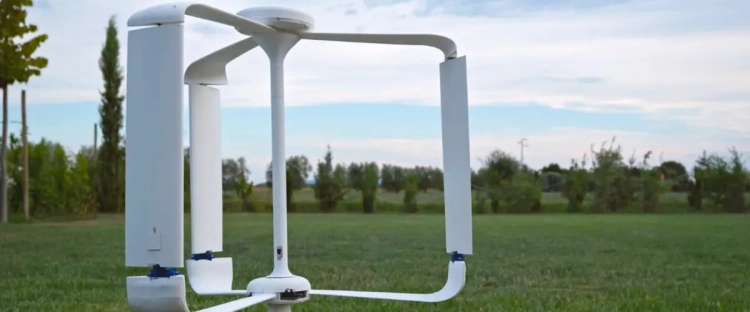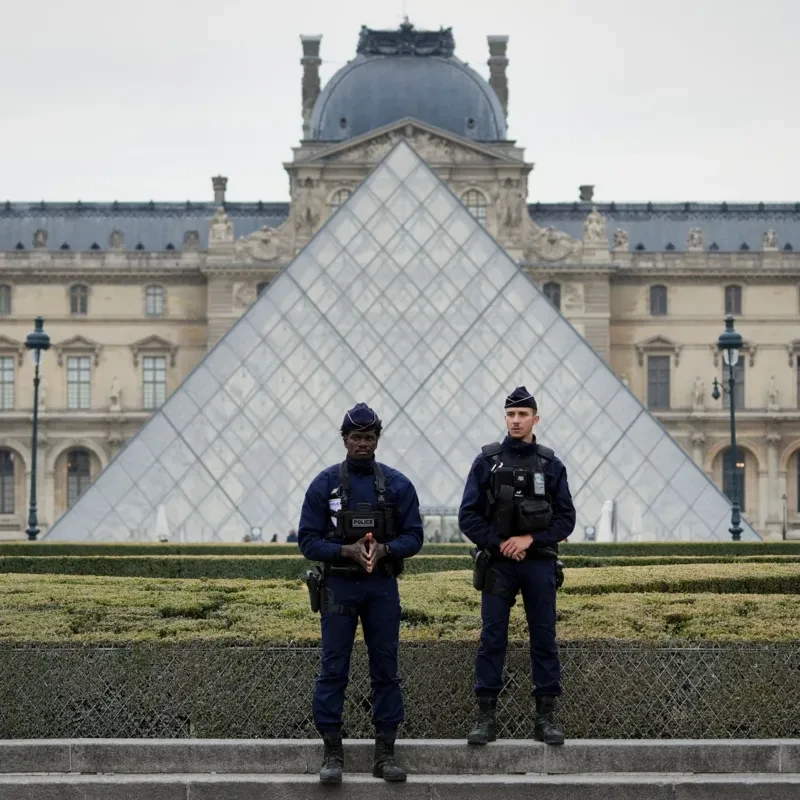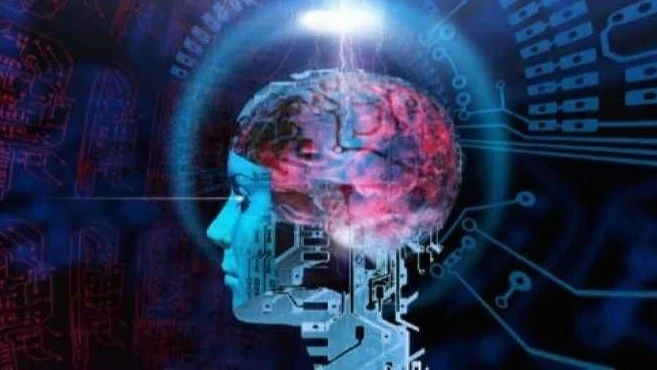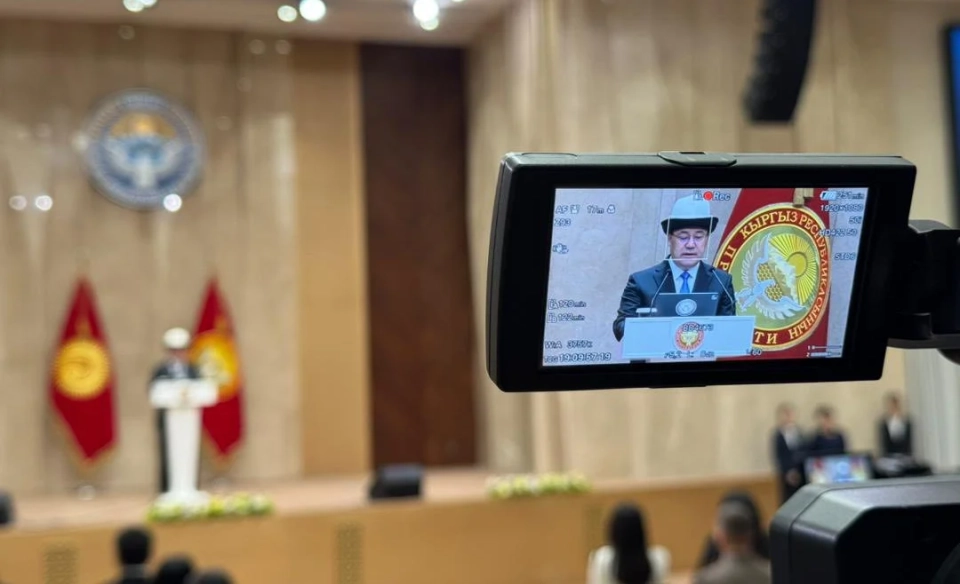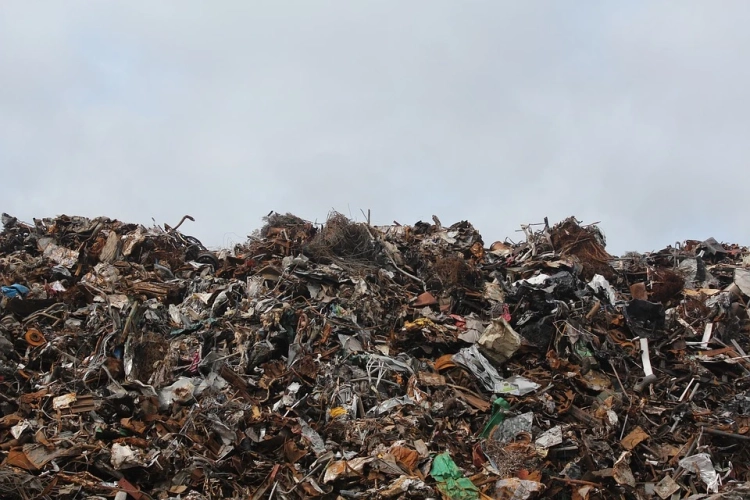Geography of Cameras: From Batken to Issyk-Kul
The video surveillance system launched by the Ministry of Internal Affairs in 2021 includes more than three thousand cameras across Kyrgyzstan. Plans are in place to increase their number to 20,000 in the coming years.Cameras are installed in key locations: at borders, along transport highways, and in cities. They have the capability to rotate 360 degrees and zoom in on images from a distance of up to 500 meters. Half of them are equipped with facial recognition technology, which helps locate individuals who are wanted or missing.
Artificial Intelligence: Capabilities and Limitations
When a camera detects a person who is wanted, artificial intelligence analyzes their image, comparing it to a database. If the level of similarity exceeds a certain threshold, the system automatically alerts the operator.However, as emphasized by the Ministry of Internal Affairs, the system is not flawless. For example, if a person is covered by a scarf or has an unusual hairstyle, this may lead to errors. Poor lighting conditions and weather factors can also affect recognition quality. In such cases, alerts are checked manually, and only after confirmation are they forwarded to the duty officers.
According to Aina Kochkorbaeva, head of the Operational Management Center, since the system began operating in 2022, more than 2,500 wanted individuals have been apprehended, including those who were internationally wanted.
Response Speed to Incidents
Aina Kochkorbaeva explained that the system responds differently depending on the situation. For example, if a camera detects a wanted person, the alert is sent automatically. In cases of violence or similar incidents, the responsibility for notifying falls on the staff who must notice and report what has happened.This also applies to situations where smoke or fire may arise. Operators who notice such phenomena relay the information to the Center, and after verification, the alert is sent to the nearest police stations. Typically, the response time is around five minutes, but the actual arrival time may vary depending on several factors, such as traffic and the time of day.
Ensuring Security or Total Control?
The expansion of the camera network raises concerns among human rights defenders and citizens: will this turn into a system of total surveillance, where every step can be monitored without a person's knowledge?The Ministry of Internal Affairs assures that such a situation will not arise:
We simply do not have the time to monitor specific individuals.The system is designed to record incidents and locate wanted individuals, not to monitor the everyday lives of citizens. Every action in the system is documented, including information about who opened the camera, who checked the alert, and who transmitted the data. Any attempt to use the system for personal purposes is considered a violation of duty and leads to disciplinary measures.
Differences Between the Ministry of Internal Affairs Cameras and the "Safe City" System
Aina Kochkorbaeva clarified that the Center's cameras are not integrated with the "Safe City" system, which records traffic violations. "Our cameras are intended solely for ensuring safety," she added.The procedure for finding lost items was also explained: "If someone has lost property or a person, they must first file a report with the police. The request is then sent to the Center to check for information on the cameras."
The Future of the Video Surveillance System
Over the next three years, the installation of new cameras will continue, focusing on areas with high concentrations of people, such as transport hubs, educational institutions, and residential areas.Increasing the number of cameras to 20,000 will create a more extensive surveillance network, helping to respond to incidents more quickly, but it also raises questions about the balance between security and the right to privacy.



